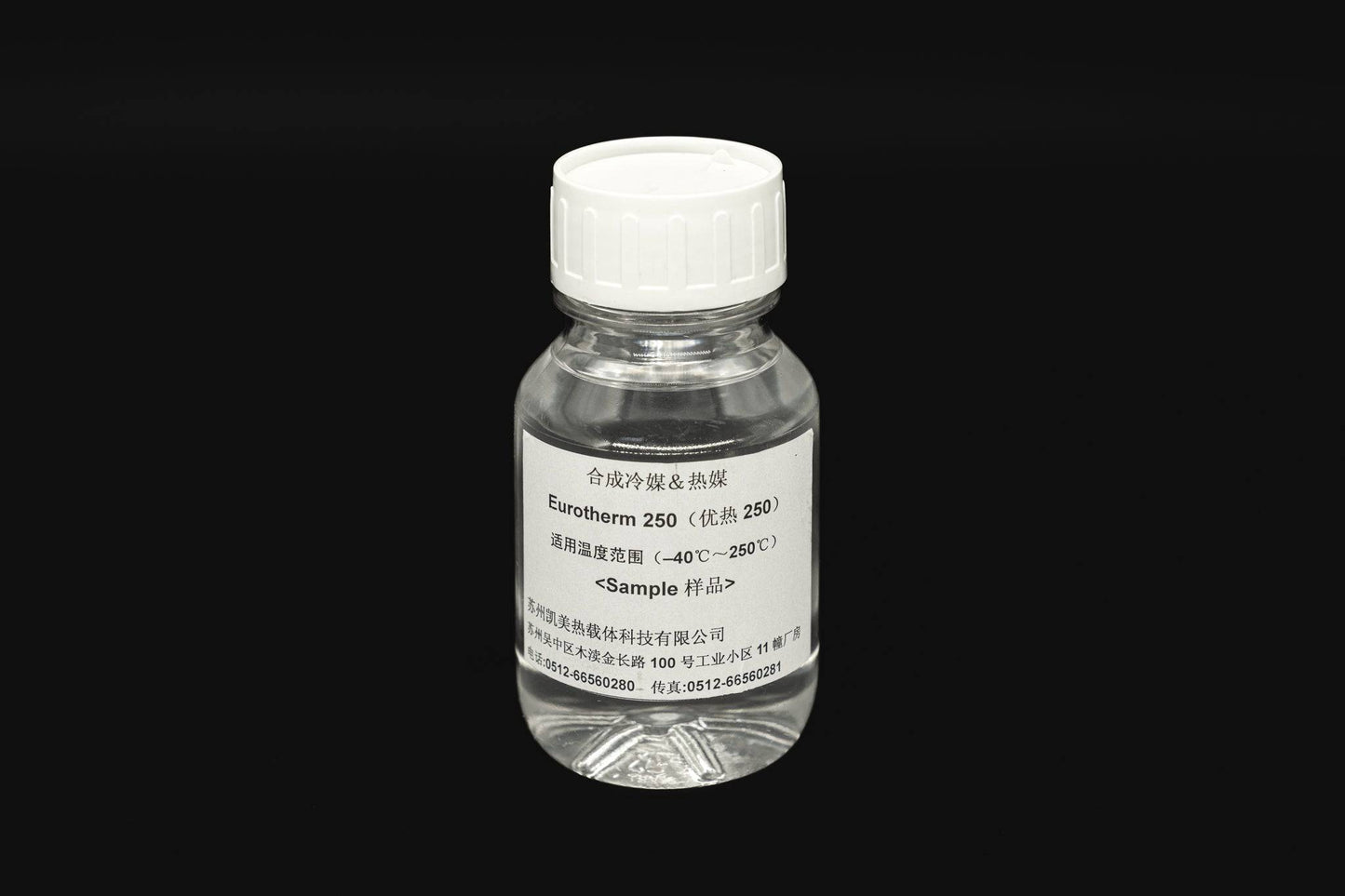The Best Guide To Chemie
Wiki Article
Fascination About Chemie
Table of ContentsThe 6-Minute Rule for ChemieUnknown Facts About ChemieGet This Report about ChemieChemie Fundamentals ExplainedHow Chemie can Save You Time, Stress, and Money.Chemie - Questions
By Bojanna Shantheyanda, Sreya Dutta, Kevin Coscia and David SchiemerDynalene, Inc. Liquid air conditioning, which can be attained using indirect or direct methods, is made use of in electronic devices applications having thermal power densities that may go beyond secure dissipation with air cooling. Indirect fluid cooling is where warm dissipating digital components are literally separated from the fluid coolant, whereas in case of straight cooling, the elements remain in direct contact with the coolant.In indirect air conditioning applications the electrical conductivity can be vital if there are leaks and/or spillage of the liquids onto the electronics. In the indirect air conditioning applications where water based fluids with deterioration inhibitors are usually made use of, the electric conductivity of the liquid coolant primarily depends on the ion concentration in the liquid stream.
The boost in the ion focus in a shut loophole liquid stream might occur due to ion leaching from steels and nonmetal components that the coolant liquid touches with. Throughout procedure, the electrical conductivity of the liquid might increase to a level which might be damaging for the air conditioning system.
Some Known Facts About Chemie.
(https://filesharingtalk.com/members/608609-chemie999)They are bead like polymers that are capable of trading ions with ions in a remedy that it is in contact with. In today job, ion leaching tests were executed with various metals and polymers in both ultrapure deionized (DI) water, i.e. water which is dealt with to the highest degree of pureness, and low electric conductive ethylene glycol/water mix, with the determined modification in conductivity reported with time.
The samples were enabled to equilibrate at room temperature for two days before taping the first electric conductivity. In all tests reported in this research fluid electrical conductivity was gauged to a precision of 1% making use of an Oakton disadvantage 510/CON 6 series meter which was calibrated prior to each measurement.
Chemie Can Be Fun For Everyone
from the wall home heating coils to the center of the furnace. The PTFE sample containers were positioned in the heater when constant state temperatures were gotten to. The test setup was removed from the heater every 168 hours (7 days), cooled down to area temperature level with the electric conductivity of the liquid measured.The electrical conductivity of the fluid sample was checked for a total of 5000 hours (208 days). Figure 2. Schematic of the indirect closed loophole cooling experiment set up - fluorinert. Table 1. Elements made use of in the indirect closed loophole cooling down experiment that are in call with the fluid coolant. A schematic of the speculative configuration is shown in Number 2.

All about Chemie
The adjustment in fluid electrical conductivity was checked for 136 hours. The liquid from the system was collected and kept.
0.1 g of Dowex material was contributed to 100g of fluid examples that was taken in a separate container. The mixture was stirred and transform in the electrical conductivity at space temperature was determined every hour. The measured adjustment in the electric conductivity of the UP-H2O and EG-LC examination fluids including polymer or metal page when engaged for 5,000 hours at 80C is shown Number 3.
Rumored Buzz on Chemie
Figure 3. Ion leaching experiment: Calculated adjustment in electrical conductivity of water and EG-LC coolants including either polymer or metal examples when immersed for 5,000 hours at 80C. The results indicate that metals contributed less ions into the fluids than plastics in both UP-H2O and EG-LC based coolants. This can be because of a thin metal oxide layer which may function as an obstacle to ion leaching and cationic diffusion.Liquids consisting of polypropylene and HDPE displayed the most affordable electrical conductivity adjustments. This can be as a result of the brief, rigid, straight chains which are much less most likely to add ions than longer branched chains with weak intermolecular pressures. Silicone likewise did well in both examination liquids, as polysiloxanes are typically chemically inert because of the high bond power of the silicon-oxygen bond which would certainly protect against deterioration of the material right into the liquid.
Rumored Buzz on Chemie
It would be expected that PVC would certainly create similar outcomes to those of PTFE and HDPE based upon the similar chemical frameworks of the products, however there may be other contaminations existing in the PVC, such as plasticizers, that might affect the electrical conductivity of the fluid - dielectric coolant. In addition, chloride teams in PVC can also leach right into the examination liquid and can create a boost in electrical conductivityBuna-N rubber and polyurethane revealed signs of destruction and thermal disintegration which recommends that their feasible utility as a gasket or sticky material at higher temperature levels can lead to application problems. Polyurethane totally disintegrated into the test fluid by the end of 5000 hour examination. Figure 4. Before and after pictures of steel and polymer samples submersed for 5,000 hours at 80C in the ion leaching experiment.
Calculated adjustment in the electric conductivity of UP-H2O coolant as a function of time with and without resin cartridge in the shut indirect air conditioning loophole experiment. The gauged change in electric conductivity of the UP-H2O for 136 hours with and without ion exchange material in the loophole is shown in Figure 5.
Report this wiki page